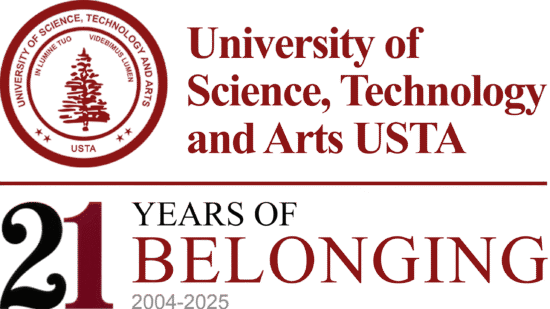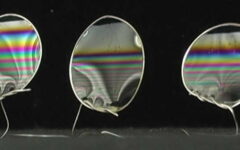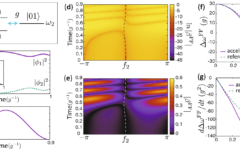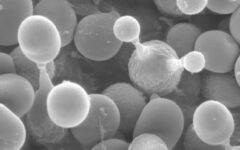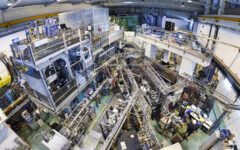Top scientists call for improved incentives to ensure research integrity
1 August 2023 2023-08-01 22:49Top scientists call for improved incentives to ensure research integrity
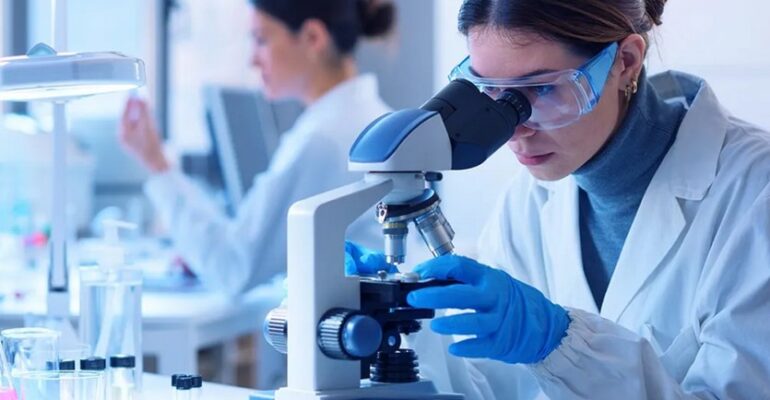
Top scientists call for improved incentives to ensure research integrity
Source: Carnegie Mellon University
Summary: Scientific controversies, from problems replicating results – such as with the now debunked association between autism and MMR vaccines — to researcher misconduct and sensationalism, have led to speculation of ‘trouble at the lab,’ as the Economist put it. Top scientists have now examine ways to return to high scientific standards.
Scientific controversies, from problems replicating results — such as with the now debunked association between autism and MMR vaccines — to researcher misconduct and sensationalism, have led to speculation of “trouble at the lab,” as the Economist put it.
The National Academy of Sciences (NAS) and the Annenberg Retreat at Sunnylands recently convened top scientists from Carnegie Mellon University, the University of California, Massachusetts Institute of Technology, Georgia Institute of Technology and other leading institutions to examine ways to return to high scientific standards. In an opinion piece published in Science, the group outlines what can be done to better ensure research integrity.
Attempting to do so begins with acknowledging and addressing the problems that exist at every level, from the notion that science is self-correcting to academia’s incentive structures that encourage researchers to publish novel, positive results, to the greater opportunities open-access and other platforms provide to publish less-scrutinized studies. In addition, a lack of data sharing leads to the inability to replicate results, universities that want to make headlines exaggerate findings, and the media’s quest for ratings and readership often trumps quality reporting.
“Science is littered with irreproducible results, even from top places, and it’s a widespread problem that looks different in different domains, but there are shared commonalities,” said CMU’s Stephen E. Fienberg, the Maurice Faulk University Professor of Statistics and Social Sciences. “As a statistician, I understand how the role of data is critical. But determining how to set a policy to support data access is very complicated — there is not a simple set of rules.”
The NAS and Annenberg group identified several ways to change incentives for quality and correction, including rewarding researchers for publishing high-quality work rather than publishing work more often; mentoring young peer-reviewers to increase clarity and quality of editorial responses during the journal publishing process; and using “voluntary withdrawal” and “withdrawal for cause” instead of the blanket “retraction” term, which has negative connotations that can prevent some researchers from taking action when a paper is wrong, but not as a result of fraud or misconduct.
Because ensuring scientific integrity is the responsibility of many stakeholders, the group recommends that the NAS call for an independent Scientific Integrity Advisory Board in 1992 should be revisited. The board’s goal would be to address ethical issues in research conduct.
Additionally, universities should insist that their faculty and students are educated in research ethics; that their publications do not feature honorary or ghost authors; that public information officers avoid hype in publicizing findings; and suspect research is promptly and thoroughly investigated.
“We all have a responsibility if we want science to work. Academic institutions, scientific associations, journals, authors, university public relations officers and the press — people need to be trained all the way up the line,” Fienberg said.
